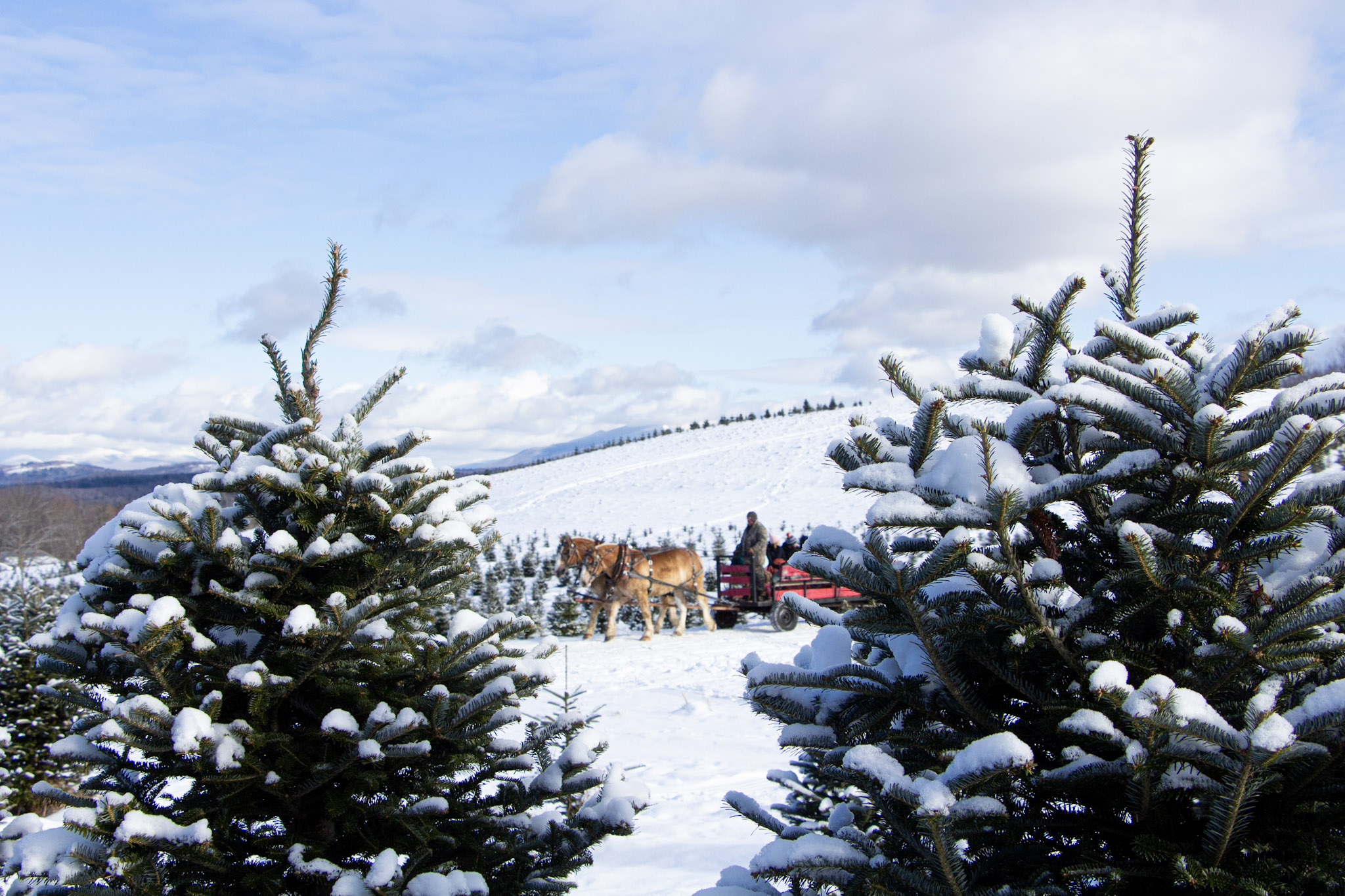- Tags:
- Something Wild
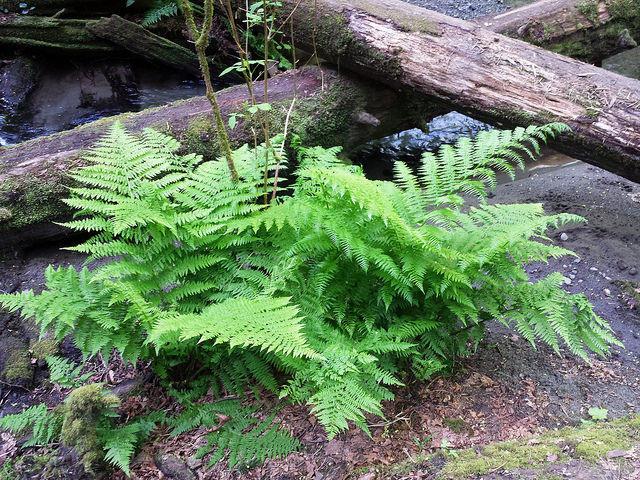
The Lady Fern - Athyrium felix-femina.
Fern-tastic News!
Biologists like to talk about crocodiles, cassowaries, even chickens as being descendants of the dinosaurs. But in your back yard is likely something that can trace its ancestry to before the dinosaurs, some 360 million years ago. We’re talking about ferns!
Older than the dinosaurs
Way back then, they were much bigger, though there are still a few varieties of tree-sized ferns in tropical and sub-tropical climates. But they all reproduce the same way.
If you ever took a botany or biology class, you probably learned that most plants flower, these flowers are cross-pollinated, create seeds and disperse those seeds. And those seeds then create a new plant, a genetic replica of the parent plant.
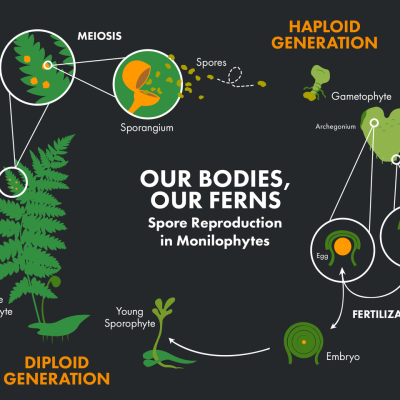
Ferns don't produce other ferns
But ferns don’t flower, because their reproduction predates flowering plants. Instead, ferns produce spores - depending on the species, a single fern stand can release anywhere from tens of thousands to tens of millions of spores.
Take a look at the underside of the fern leaf – there are little tiny dots called sori. Each of these dots contains many sporangia, or spore cases. When a dry wind blows through the leaves, the spore case snaps open releasing dozens to hundreds of spores.
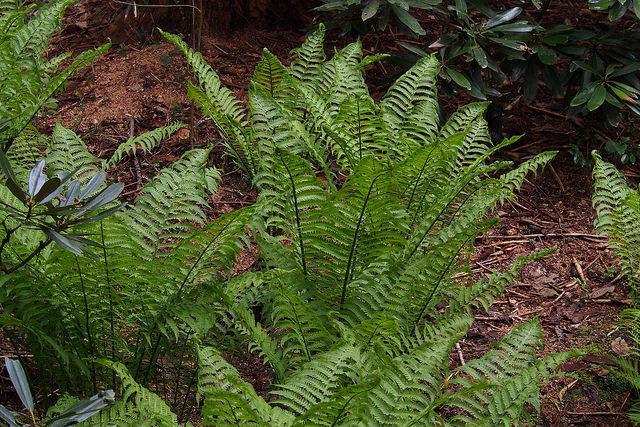
Landing on moist soil, a spore takes root and develops into a gametophyte, or gamete. It is this small (2-10 millimeters) membranous structure that remains largely underground, earning it the nick name the “unseen generation.”
Each gamete contains both sperms and eggs, allowing it to self-fertilize. Despite containing many eggs, each gamete only produces one sporophyte – as soon as one egg is fertilized, the others are sealed off from approaching sperms. The fertilized egg resides in the gamete, as it sends out a root into the soil below and sporophyte into the sun above.
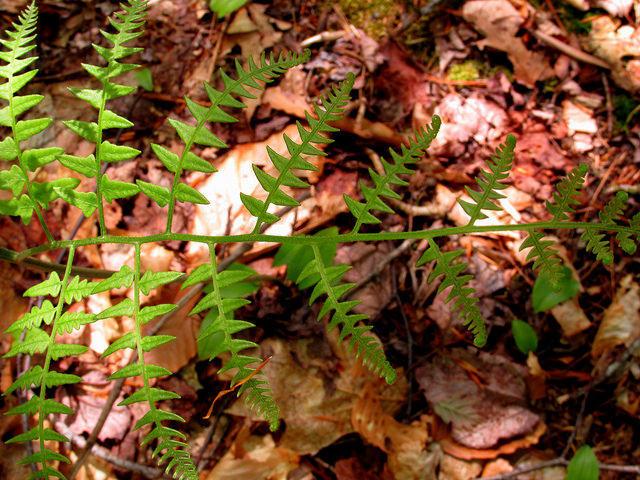
And that’s how all plants reproduced for millions of years, until more highly-evolved and sophisticated vascular plants with roots, stems and leaves first appeared. Higher plants including our familiar cone-bearing trees called "gymnosperms" (we refer to as "conifers") and flowering plants called "angiosperms" (we refer to as "deciduous" species) evolved more complex reproduction strategies employing wind to distribute their pollen and seeds or enticing insects and larger animals to pollinate their flowers and transport their seeds inside fleshy, nutritious fruits.
But fern reproduction via spores and gametes is still a very successful way to reproduce. Everything a fern needs to reproduce is contained inside those little fiddleheads that are unfurling all around the state right now. While primitive, it works! No insects or mammals required!
New Hampshire is Perfect for Ferns
Best of all: ferns love cool, damp woodlands, and New Hampshire is blessed with just that kind of habitat!
